News
-

Seamless steel pipe surface defects and causes
The causes of surface defects in seamless steel pipes are complicated. If listed, there are hundreds of influencing factors. Sometimes there are dozens of factors causing the same defect, and the occurrence of defects is closely related to the steel type. This is why the produ...Read more -
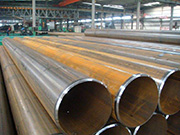
What are the quality requirements for pickling steel pipes
(1) After pickling, all rust and oil stains on the inner wall of the steel pipe are removed, and the cleanliness should meet the relevant standards. (2) Pickled parts must not be pickled. If steel pipes are soaked in pickling liquid for too long, the surface of the steel will ...Read more -
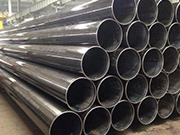
Official definition and industrial uses of welded steel pipe
The blanks used in welded steel pipes are steel plates or strips. Due to their different welding processes, they are divided into furnace-welded pipes, electric-welded (resistance-welded) pipes, and automatic arc-welded pipes. Because of their different welding forms, they are...Read more -
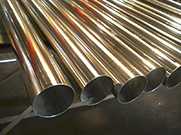
Application of thin-walled stainless steel pipes
Stainless steel pipes are safe, reliable, hygienic, environmentally friendly, and economical. The thin-walled pipes and the successful development of new, reliable, simple, and convenient connection methods have given them more irreplaceable advantages than other pipes. They w...Read more -

The difference between galvanized steel pipe and hot-dip galvanized steel pipe
A galvanized steel pipe is generally called a cold-plated pipe. It adopts an electroplating process and only the outer wall of the steel pipe is galvanized. The inner wall of the steel pipe is not galvanized. Hot-dip galvanized steel pipes use a hot-dip galvanizing process, an...Read more -
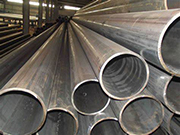
Boiler steel pipe uses
①General boiler steel pipes are mainly used to make water wall pipes, boiling water pipes, superheated steam pipes, superheated steam pipes for locomotive boilers, large and small smoke pipes arch brick pipes, etc. ② High-pressure boiler steel pipes are mainly used to manufact...Read more -

Advantages and principles of stainless steel compression pipe fittings and construction precautions
First, the principle of clamped stainless steel pipe fittings 1. Principle of pull-out resistance: The middle position of the compression-type pipe fitting is small, but the two ends are large, and the pull-out resistance is >3.0mpa; 2. Leak-stopping principle: An O-shaped ...Read more -
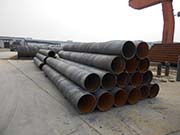
Selection requirements for submerged arc steel pipes
1. For pipelines with high peak shaving requirements, due to the uneven gas consumption of users and frequent pipeline pressure fluctuations, the steel pipes bear great alternating stress, and the existing defects in the pipes will expand under the alternating stress. If you c...Read more -

Reasons for slag inclusion during the production of anti-corrosion spiral steel pipes
Anti-corrosion spiral steel pipes are made of low-carbon structural steel rolled into tube blanks according to relative spiral angles, and then the pipe seams are welded together. They are also called spiral steel pipes or spiral welded pipes. Anti-corrosion spiral steel pipe ...Read more

